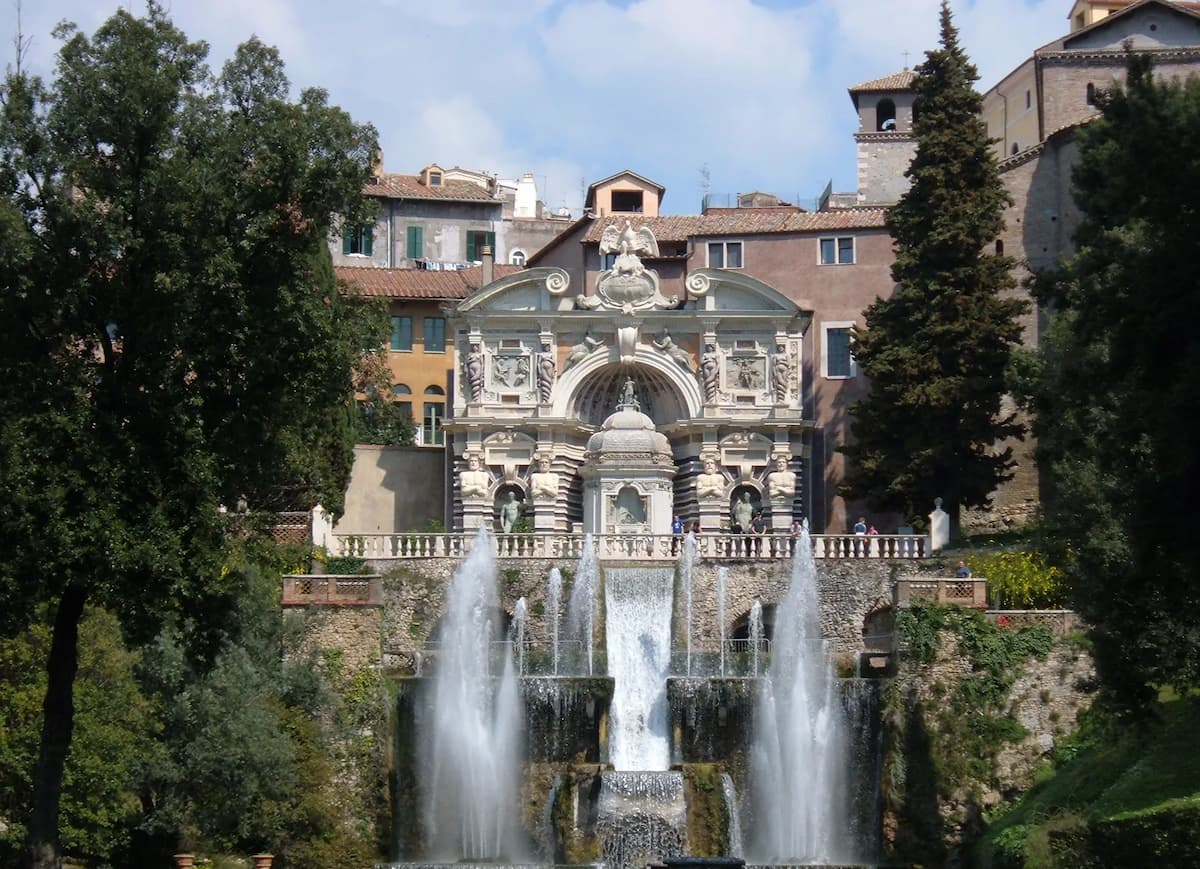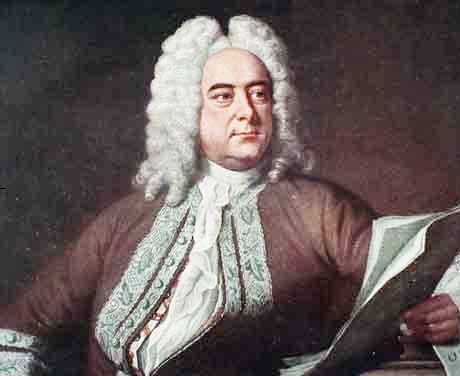Sun and Moon is a duet between Chris and Kim, which reveals the stark contrast between the star-crossed lovers, race- and social status-wise, but love wins. Photo courtesy of GMG Productions
Jerry Donato - The Philippine Star
MANILA, Philippines — Aside from the universal themes embedded in the narrative and recognizable characters, musicals are a hit because of their well-crafted songs. They give the audience a sneak peek at characters’ aspirations, intentions, and personalities — and can be seen as devices that make the storytelling unfold and move.
These songs leave a lasting impression on the audience and make them experience Last Song Syndrome (LSS). They usually become part of their everyday playlists.
An example of such a list may comprise the following tunes from musicals: Bring Him Home (by Jean Valjean), I Dreamed a Dream (Fantine), and On My Own (Eponine) from “Les Misérables;” Memory (Grizabella) from “Cats;” I Know Him So Well (Florence and Svetlana) from “Chess;” Don’t Cry for Me Argentina (Eva Peron) from “Evita;” Maria (Tony), Tonight (Tony and Maria) and Somewhere from “West Side Story;” What I Did For Love (Diana and the company) from “A Chorus Line;” Loving You (Fosca) from “Passion;” and Only He-Only You (Pearl and Rusty) and Starlight Express (Rusty) from “Starlight Express.”
Songs, definitely, from “Miss Saigon,” which is now playing at The Theatre at Solaire until May 12, will make it to the list.
Its latest Manila edition features Abigail Adriano and Nigel Huckle as the Vietnamese young woman Kim and the American G.I. Chris, respectively, with Seann Miley Moore as the French-Vietnamese bar owner The Engineer and Laurence Mossman as Kim’s cousin Thuy.
Kiara Dario, Lewis Francis, and Sarah Morrison take on the roles of bar girl Gigi, Chris’ best friend John, and Chris’ wife Ellen.
If one is an avid follower of the Alain Boublil, Claude-Michel Schonberg, and Cameron Mackintosh musical, one knows each musical number from Act 1 to Act 2 — and from Saigon-Ho Chi Minh City to Atlanta-Bangkok by heart.
Yes, we love them all, but what could a Top 6 list of “Miss Saigon” songs look like to someone who is enamored by the thoughts of “love knows no bounds,” selfless love, and living a new life.
First on the list is Sun and Moon, a duet between Chris and Kim. The lyrics reveal the stark contrast between star-crossed lovers in terms of cultural background, race, and social status, but love wins. It comes in unexpected places and situations, like being amidst of war.
Kim sets the tone by singing, “You are sunlight and I moon/ Joined by the gods of fortune/ Midnight and high noon/ Sharing the sky/ We have been blessed, you and I.”
For his part, Chris shares a piece of his mind saying, “You are here like a mystery/ I’m from a world that’s so different/ From all that you are/ How in the light of one night/ Did we come so far?”
Before he has come to such a realization, Chris seems to have grappled with the thought of loving Kim in Why God Why? It’s a solo musical number that captures the beauty of soliloquy in any dramatic presentation in which a character is attuned to his or her emotions and thoughts.
What seals the love Chris and Kim have for each other and the decision for them to move forward, despite the challenging plight they are in, is told in The Last Night of the World. They are hopeful that tomorrow will bring them change, like as he puts it, “On the other side of the earth/ There’s a place where life still has worth/ I will take you.”
Then, she reciprocates it with utter happiness in her voice, “I’ll go with you.”
The Movie in My Mind features Kim and Gigi with fellow bar girls, Dominique, Fifi, Yvonne, Mimi, and Yvette, who wish to flee their current plight.
To borrow the words of Kim, one could say that the “gods of fortune” have played significantly in their meeting and eventual romance, but maybe the gods have other plans for the couple to learn what love is.
Three years have passed (from 1975 to 1978), and Kim remains faithful to Chris, who is unaware that he and she have a son. With the help of John, Chris will meet Tam and Kim. The song, I’d Give My Life for You, depicts Kim’s evolving perspective on love, from the romantic to the selfless one, brought about by motherhood and parenthood.
She may have failed in her personal relationship, but she would love to succeed in securing Tam’s future.
“I’ll give you a million things I’ll never own/ I’ll give you a world to conquer when you’re grown,” sings Kim, and firmly assures her son with this line: “As long as you can have your chance, I swear I’d give my life for you.”
Aside from the interracial love story, “Miss Saigon” may be viewed as a tale about dreaming and fulfilling one’s aspirations, like enjoying a cheerful life or making it big somewhere. Regardless of the characters’ contexts, The Movie in My Mind and The American Dream speak of it, and they take the last two spots on the list.
These musical numbers are great and welcome additions to one’s playlist, but watching actors act and sing them on stage live promises an experience like no other.





